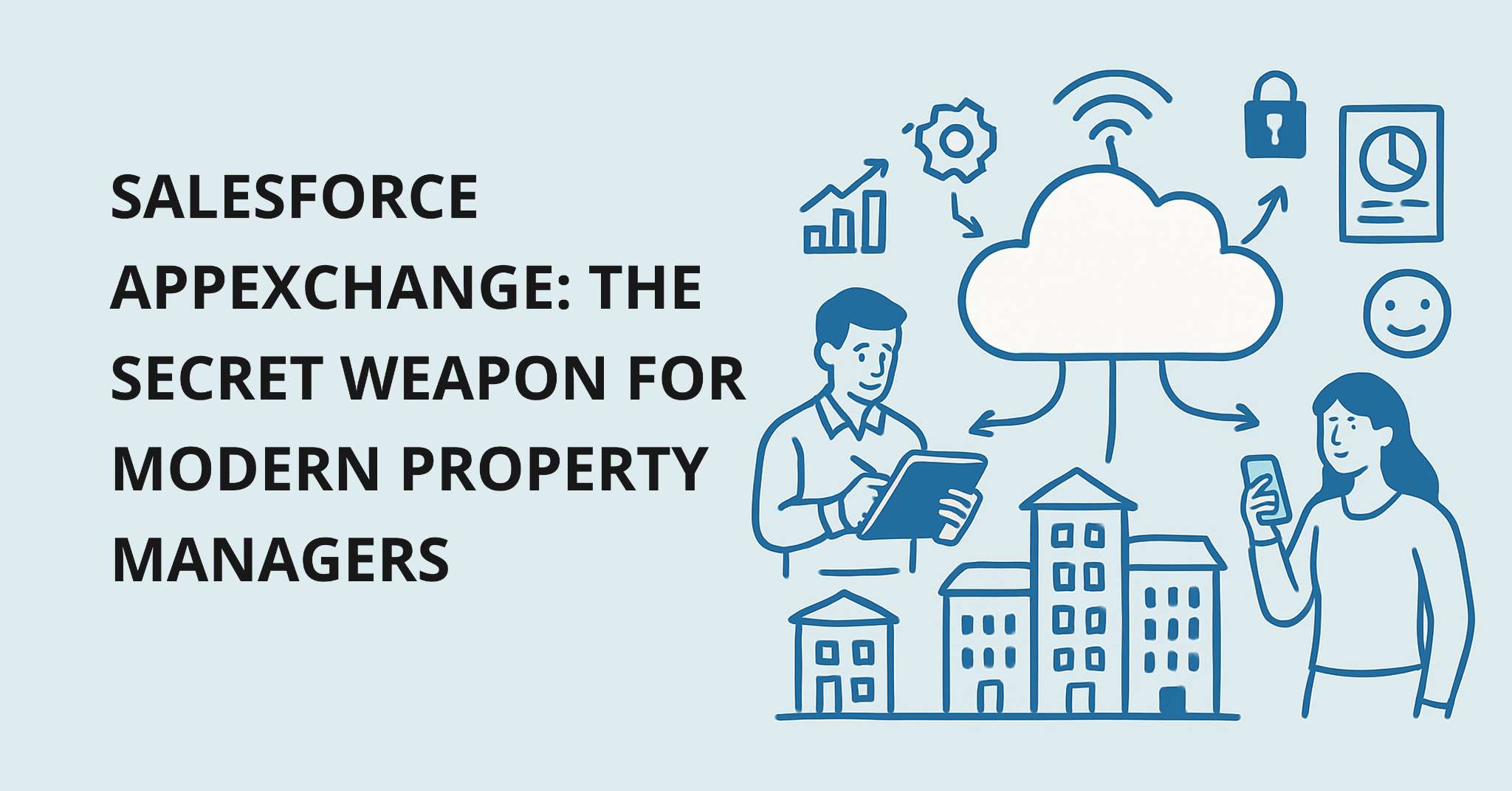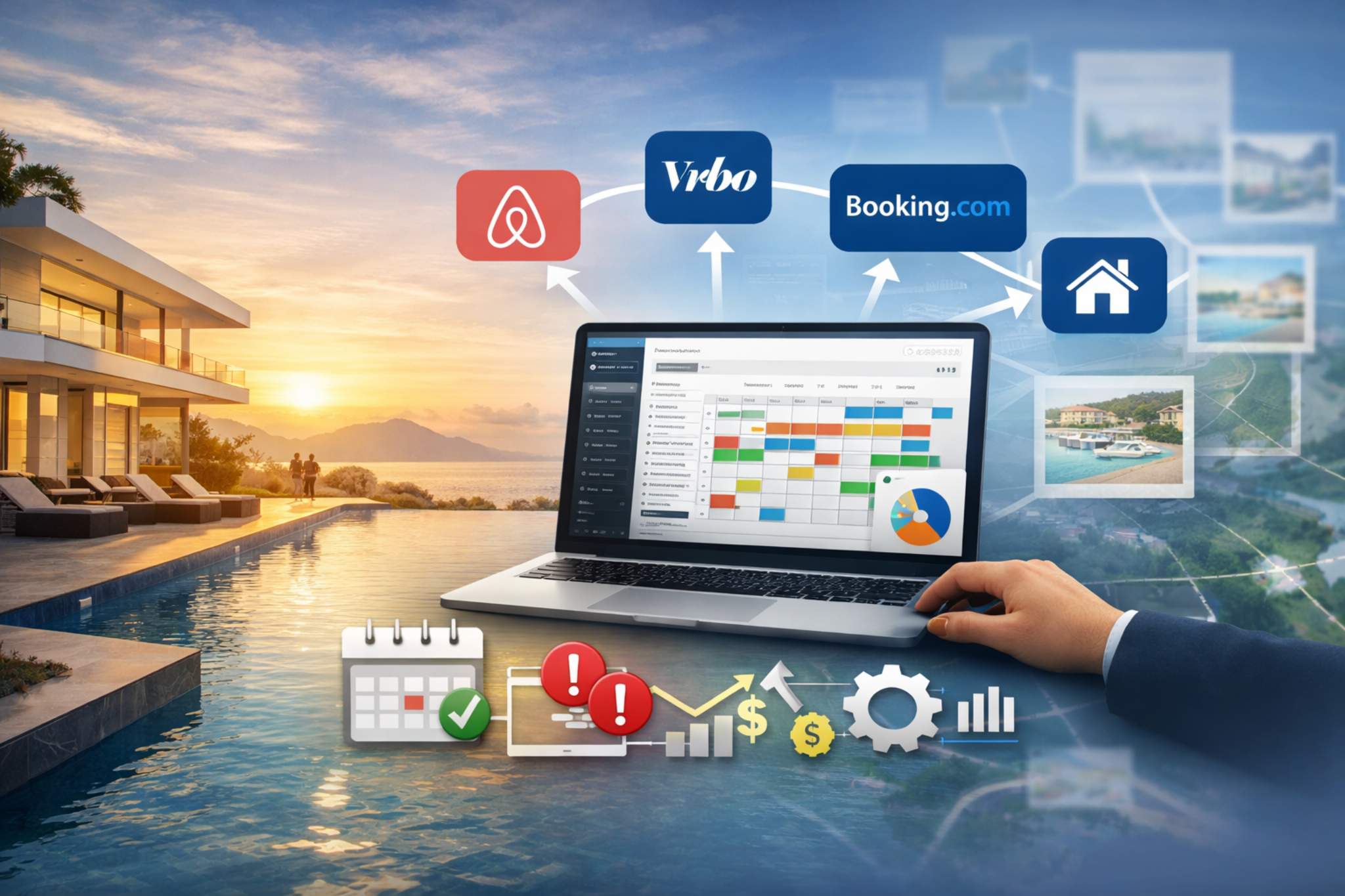Having an efficient inventory management solution that you can rely on is critical for a business's success, regardless of the size of your company or the industry you're in. The majority of restaurant owners consider food cost management when thinking about how to handle restaurant inventory.
Stock control is intertwined with accounting and food cost management for restaurant operators. Inventory monitoring becomes a more efficient and precise method as it is closely integrated with both the accounting and POS systems. It can reduce the cost of products produced (CoGS), reduce food waste, and better distribute ingredients.
Stock control is an essential aspect of restaurant management. Food inventory management is vital for smooth operation, but failure to do so can hurt finances. Food shortages, excessive food wastage, and incorrect forecasting may all be caused by a minor stock management mistake.
According to recent estimates, the world's population wastes roughly half of the food generated. Food waste has long been a source of concern, especially in the food industry. However, with good inventory management, company owners can save a lot of money in ways they never imagined.
Anything that comes out of your kitchen has a price tag. But do you know where you're losing money? Detailed use, loss, and sales performance reports show you what's on the shelf and where money is being lost.
Rising wages and food prices pose the greatest threat to the food and beverage industry. Costs can take over if you don't work to boost profitability and increase sales regularly. To sustain your current level of performance, it's critical that you regularly and aggressively reduce costs. How are you going to do it? This can be accomplished by increasing management and performance.
While it is common knowledge that inventory management is important in every sector, we will concentrate specifically on the food industry in this article, and you will learn the nuts and bolts of restaurant food inventory management, including what it means, how to keep track of inventory, and the four reasons why it is crucial.
What is Restaurant Inventory Management?

Restaurant inventory management goes beyond just counting inventory, and it is the process of monitoring the ingredients that come in and out of your restaurant. Stock management keeps track of how much food was ordered, what came out of the kitchen and bar, and what was left over as sitting inventory. In concise words, restaurant inventory management entails product transfers between stores.
Inventory control in a restaurant can be time-consuming and difficult. Although certain aspects of restaurant inventory can be measured automatically using your inventory tracking platform, others must be performed by hand on a regular, weekly, or monthly basis.
For example, your point-of-sale (POS) system can be able to automatically monitor theoretical inventory based on sales (in product or dollars). However, the automated number ignores the possibility of inventory item loss due to improper planning, kitchen waste, ordering errors, or spoilage.
4 Reasons why Restaurant Inventory Management Matters

Inventory management entails counting the products on the shelves and comprehending how the quantity of products affects the profit margin. Tight integration between your restaurant inventory management software, restaurant accounting software, and POS system is important to the food industry to cut back on and control food costs.
Restaurant inventory control becomes a critical aspect of restaurant operations as the company increases in size and structure. The following are four reasons why inventory management matters to any restaurant.
1. Recipe Costing
You can better understand and manage your food costs by mapping your recipes to POS system menu items. Recipe costing dissects menu items down to the minor level, such as portion size and individual ingredients, and calculates them to the penny.
Calculating menu item costing by hand is inefficient and time-consuming. Recipe costs are determined by the amount of use and yield of each food ingredient, but keeping track of this on an inventory list by hand can be inaccurate.
Using a restaurant inventory management system incorporated with your accounting and POS system can enable you to automatically track the yield from each food item on your menu by plotting inventory against sales.
2. End-to-end Inventory Management
Anything from counting and transferring to buying and invoicing is covered by end-to-end inventory management. One platform can be employed to automate invoice uploading, record stock counts, and auto-update item prices if your restaurant inventory management system is integrated with your restaurant accounting platform. You can speed up monitoring from the sheet to the shelf and ensuring you're dealing with real-time pricing data by gathering specific data in one location automatically.
3. Preventing Food Wastage
Maintaining the profit margins can be as simple as implementing a restaurant inventory management system. The most significant expense your company faces, along with labor costs, is replenishing your inventory. You will reduce the amount of food wasted in your restaurant by introducing a stock management system. Food waste is a significant issue in the United States, with an estimated 30-40% of the supply ending up in the garbage. Restaurant companies of all sizes, large and small, may see a significant reduction in wastage by using the right stock management software.
4. Menu Engineering
Recipe costing and sales mix polling from your POS framework notify menu engineering, which is the intersection of data regarding quantities sold and item margin. Menu engineering increases profits by assisting you in determining the most profitable menu items so that you can subtly persuade consumers to purchase what you want.
Based on food prices, you can determine if menu items are overpriced or underpriced and make adjustments to portions or recipe ingredients. You can take advantage of new menu opportunities to sell menu products with a high-profit margin but low sales volume.
How Do You Keep Track of Restaurant Inventory Effectively?

Quick-service restaurants, catering firms, and any other food and beverage company will benefit from using a stock management system. An inventory monitoring device, as previously mentioned, assists food and beverage companies in efficiently managing waste, increasing production, and controlling cash flow.
Keeping a close eye on production costs as well as the overall market value of goods is standard practice in many industries. Some food and beverage establishments, on the other hand, do not subject their menus to the same degree of scrutiny.
Maintaining an effective stock management system will assist you in reducing operating costs, adjusting menu pricing, and creating a portion control strategy. Use these tips to make sure your stock is being used effectively.
1. Make taking inventory as simple as possible.
Make inventory streamlined for your team if you want your food inventory to be reliable and up-to-date. Manually running inventory management can be time-consuming and sluggish, but an accessible platform with features like reusable templates can make it easier.
Consider an inventory management platform with a mobile app, which will enable your employees to navigate around the walk-in cooler and dry storage without having to drag around a clipboard or laptop.
2. Analyze the report based on the accounting and inventory data
Insights into past and current inventory will help you make better decisions in the future to improve your operations. You save time and ensure consistency by streamlining the collection of inventory items and budget details. Tracking theoretical vs. actual food cost variation using real-time reports, in particular, will help you identify patterns over time and increase your food cost.
3. Assign a team to take inventory.
When it comes to inventory counting, accuracy is crucial. Select a few people from your team to be in charge of stock-taking at all times. Receiving orders and reviewing inventory reports can be handled by the same individuals. You can also establish an inventory counting plan once you've formed a team. Ascertain that the inventory is counted at the same time and on the same days.
4. Leverage smart forecasting tools
You can take advantage of a clever, data-driven software solution when your restaurant inventory management program is part of an all-in-one accounting and operations solution that's integrated with your POS framework. Suggestions are focused on current inventory, revenue, and forecasting, as well as information from your POS system and budgets. Food wastage is reduced, and food prices are reduced when food, beverage, and supply orders are placed at the appropriate amount.
5. Make daily sale tracking
Restaurants can better react to changes in real-time if they track revenue and inventory levels every day. For example, if you sell a lot more of a menu item than you planned and are out of ingredients, you can order more to keep up with demand without having to take it off the menu in the meantime.
Conclusion
Stock management is probably one of the least glamorous aspects of running a restaurant, but it's also one of the most crucial if you want to keep your company afloat. It's time to take inventory management seriously. Keep a close eye on it to ensure that every dollar you spend can be traced back to sales.
Consider a robust, restaurant-specific accounting and operations system that provides inventory management software as part of the platform if you want to monitor your inventory efficiently and gain insight into your restaurant operations. For more inquiries about this post, you can speak to one of our experts.
Why You Should Choose Booking Ninjas
Booking Ninjas removes the need to build an online management system from scratch and let your concentrate on giving your clients the utmost satisfaction they deserve.
With our advanced system which allows you to manage reservations, update your rates, and tailor customer experience according to your whims, among other powerful features, Booking Ninjas is leagues ahead of our competitors in the game.
We also efficiently keep track of and handle all your transactions so you don’t have to stress yourself over them.
With us, your clients will always be left feeling secured, satisfied, and smiling.
For more information, check out Booking Ninjas solutions.






_-_A_Complete_Guide.png)











%2Bfor%2BHotel%2BChains-web.jpg)
